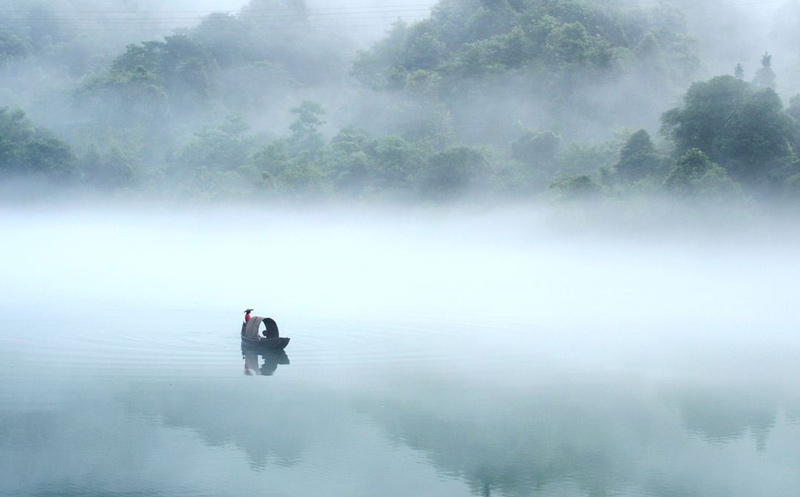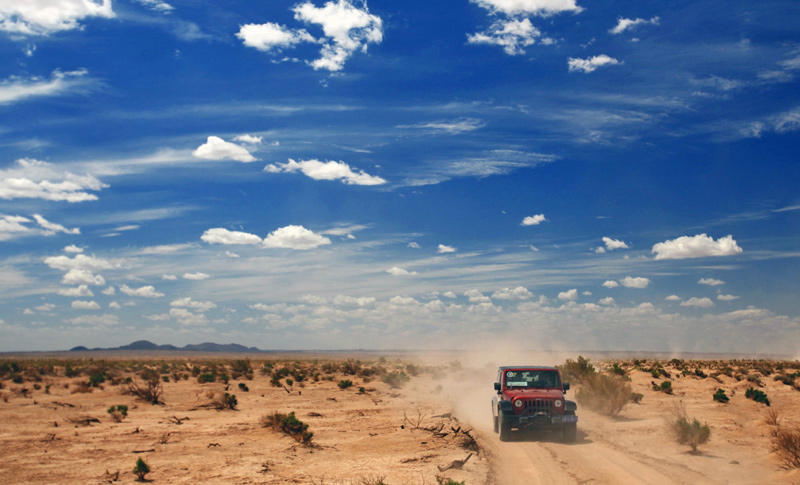Six types of weather that require special attention when taking off a drone
Unpredictable weather
If you want to have a pleasant flight, you still need to do some research on the weather.
Therefore, the editor has compiled some precautions for you before taking off your drone in different weather conditions!

1. Rain, snow, hail and other weather conditions
It is obvious that drones are not suitable for flying in rain, snow, or hail. So when preparing to take off, even if there are only a few small raindrops, you should not take the risk of taking off. If you encounter rainy clouds during the flight, you should also pay attention to returning to protect the drone and wait until the weather clears before taking off.
Before traveling, check the weather forecast and pay attention to the probability and intensity of precipitation.

2. High or low temperature weather
High or low temperature weather will affect some functional components of the drone, resulting in reduced flight efficiency and affecting flight stability.
In hot weather, avoid flying for too long, and allow the drone to rest and cool down between flights. This is because the drone's motor generates a lot of heat when it runs to generate lift, and the motor is very easy to overheat, and in some extreme cases it may even melt some parts and cables.
In extremely cold weather, avoid flying for too long and pay close attention to the battery condition during flight, as low temperatures will reduce battery efficiency and flight time will be reduced.

3. Cloud
The hazy and elegant aerial photography through clouds is amazing. However, if the clouds are too thick, we cannot monitor the movement of the drone in real time, which is dangerous. Therefore, we must always observe the movement of the drone. If the trace is blurred, we must pay attention to return to ensure flight safety.

4. Fog
In fact, foggy weather not only affects visibility, but also air humidity. When flying in fog, the drone will also become wet, which may affect the operation of the internal high-precision components, and the water vapor formed on the lens will also affect the aerial photography effect.
So how do we determine if the fog is heavy enough to affect flight? We can use visual methods. Generally speaking, if the visibility is less than 0.5 miles (about 800 meters), it can be called heavy fog and is not suitable for drone flight.

5. Air humidity
In addition to fog, air humidity is also a weather condition that may affect the normal operation of drones. For precision electronic products such as drones, once water vapor enters the interior, it is very likely to corrode the internal electronic components. Therefore, after use, in addition to simple wiping, it is also necessary to do a good job of drying and dehumidification.
You can place the drone in an electronic moisture-proof box, or put the drone and desiccant in a sealed box for dry maintenance.

6. Wind and air currents
In the case of strong winds, the drone will consume more power to maintain its posture and flight, and the flight time will be shortened, and the flight stability will also be greatly reduced. Therefore, when operating the drone, we must pay attention to the maximum wind speed not exceeding the maximum flight speed of the drone.
The maximum horizontal flight speed of the TAKE drone is 6m/s.
Wind speed is a very variable parameter. If the drone yaws due to wind, the operator’s first reaction should be to descend the drone to an altitude where the wind is weaker.
The emergence of air currents can cause the drone in flight to suddenly rise or sink. For example, when shooting in deserts and Gobi, the rising air currents will be very obvious; in areas with uneven layers of mountains and surrounded by mountains, you should also pay attention to the emergence of air currents. The causes of air currents are complex and there is no obvious pattern to follow, so in special environments, you should always pay attention to the flight status of the drone and make timely adjustments or choose to return to avoid accidents.

TAKE user: Jun took this photo in Qingyuan
The sun always comes after the rain, and there will be a rainbow in the clear sky.

 Telephone No.Email
Telephone No.EmailMailbox number:marketing@hg-fly.com



